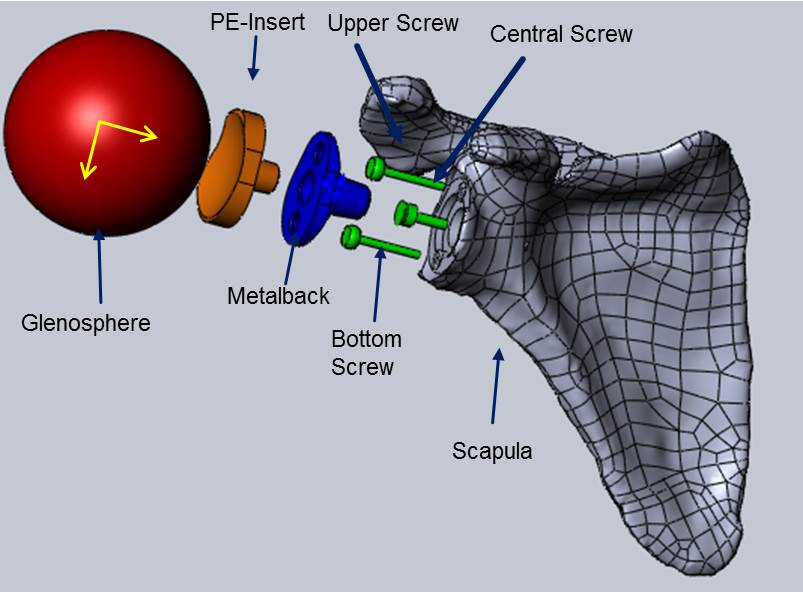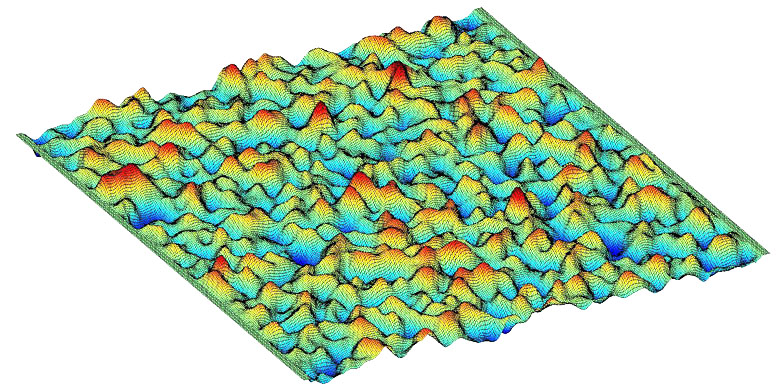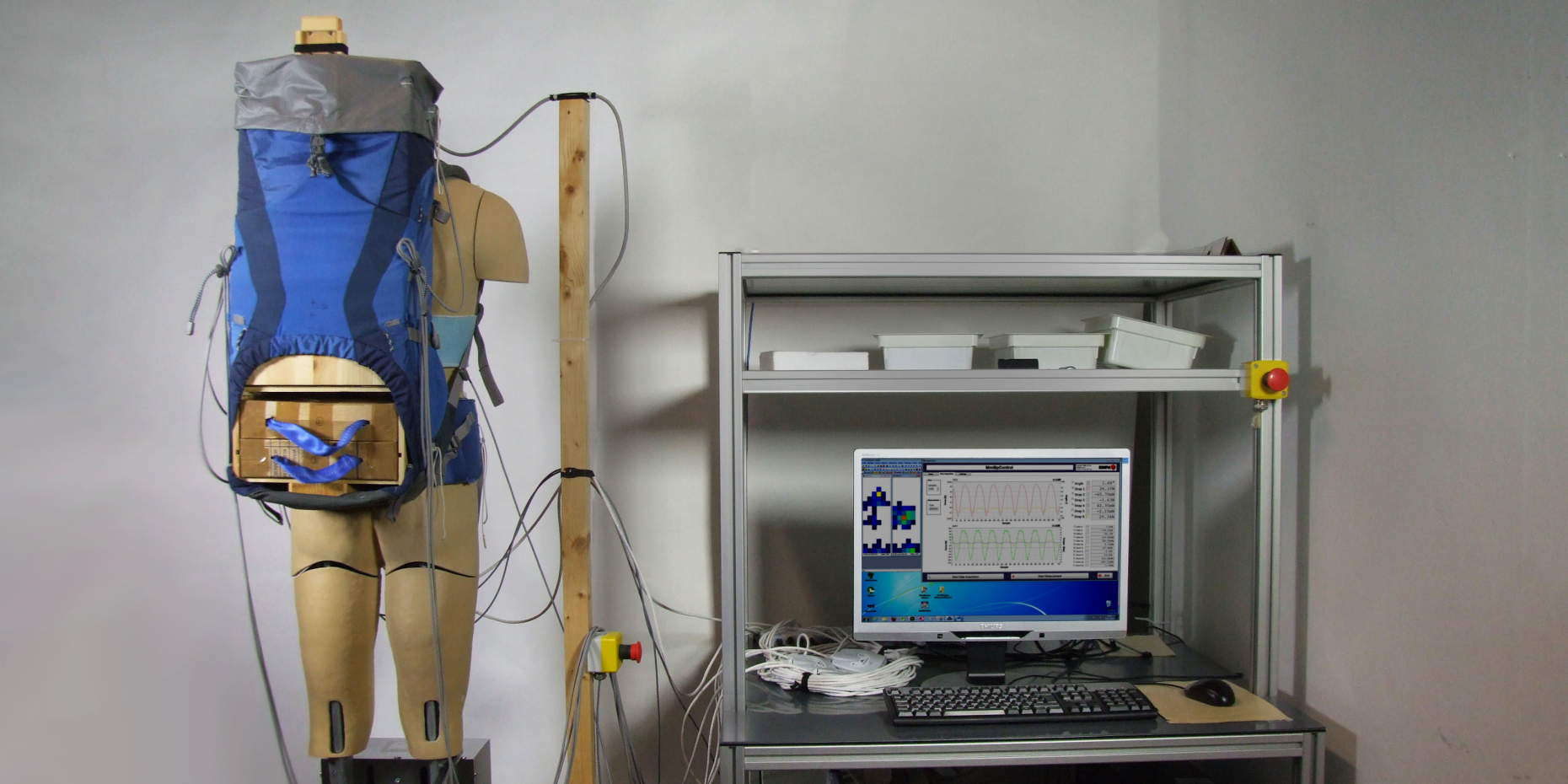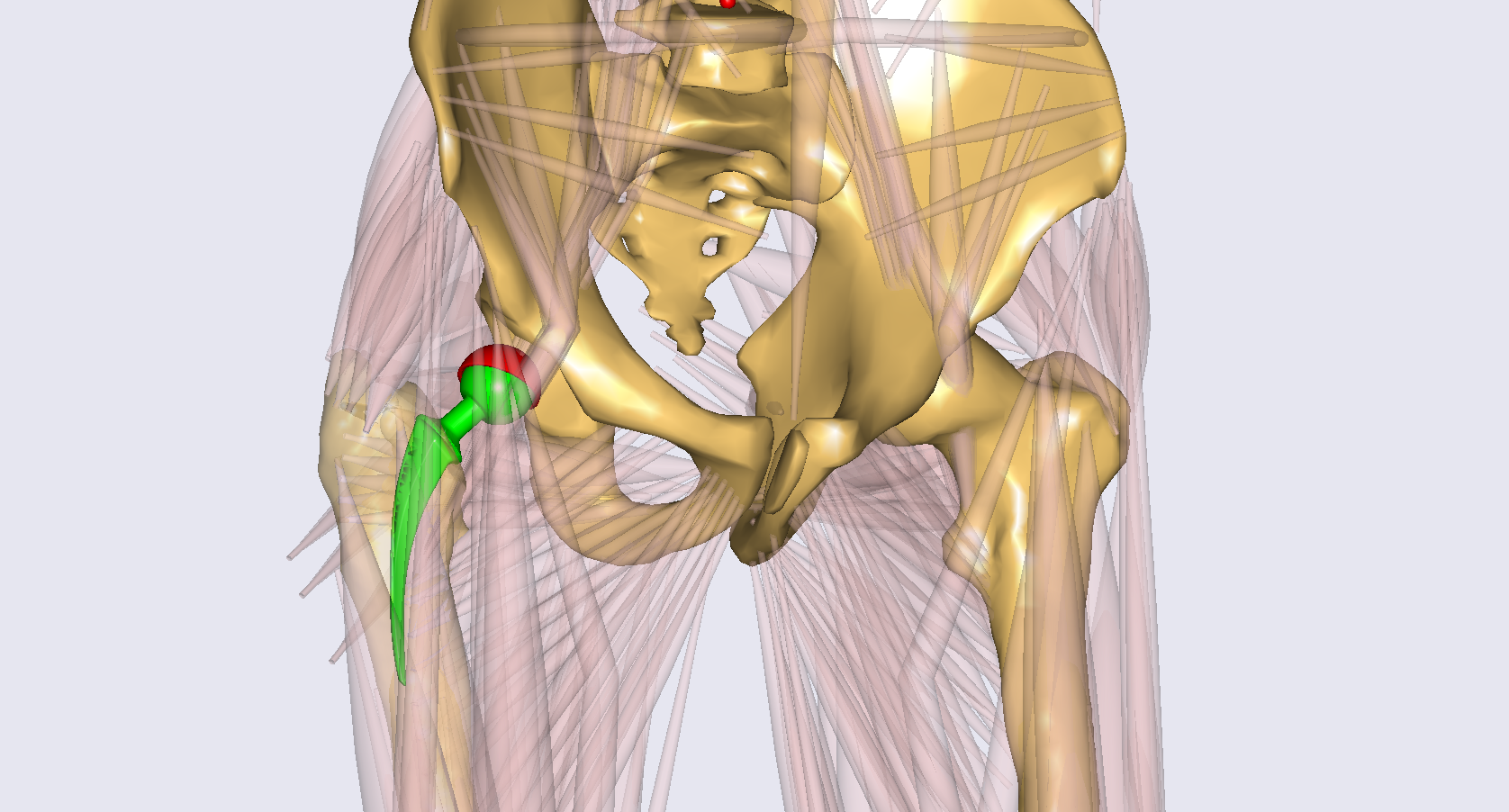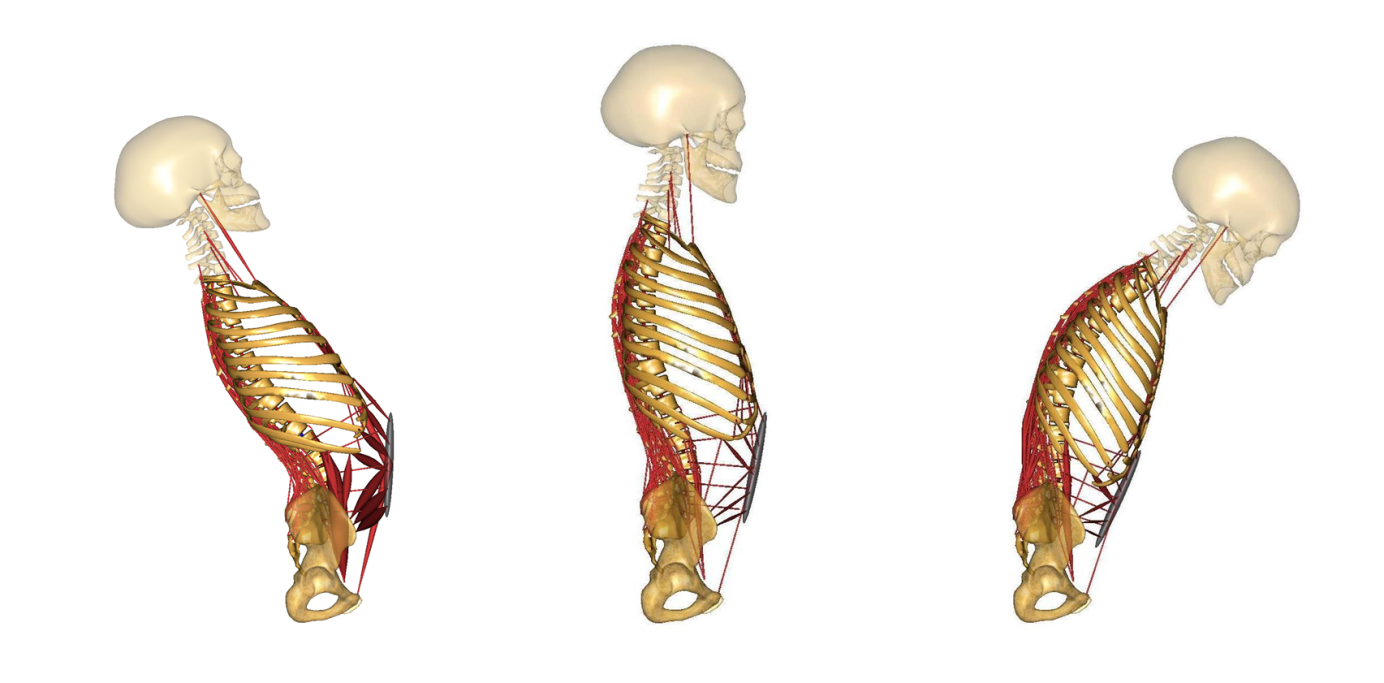Musculoskeletal Biomechanics
Introduction
The human musculoskeletal system is a complex, yet extremely durable mechanism. The defining features of a well-functioning machine are equally relevant for our own bodies: adequate strength to carry loads without failure, mobility through an elegant arrangement of functional joints and sufficient lubrication to ensure a long life of these joints.
Our research in the area of Musculoskeletal Biomechanics is focused on the evaluation of musculoskeletal pathologies, injuries and treatments through the use of computer simulations and laboratory experiments at the scale of the whole body down to the organ level. A central theme is the definition of healthy and abnormal posture and motion of the musculoskeletal system. The dynamic, three-dimensional kinematics of the spine and the peripheral joints are evaluated in a non-invasive fashion using video fluoroscopy coupled to advanced image analysis and registration methods.
Measured motions and external loads are passed to sophisticated multi-body computer simulations of the whole musculoskeletal system to determine the loads acting locally on the natural joints, to guide also the development of new implants for arthroplasty. The local mechanical response of articulating and non-articulating joints, such as the hip or intervertebral disc, respectively, is studied with both high fidelity finite element computer simulations and novel laboratory experiments.
These studies are aimed at e.g. the prediction of local bone response around implants, the evaluation of the performance of new biomaterials for tissue repair, or the improvement of our basic understanding of joint lubrication mechanisms. Our research activities also form the translation bridge to clinical practice, with many practice-oriented questions addressed through close collaboration with the Schulthess Klinik.
